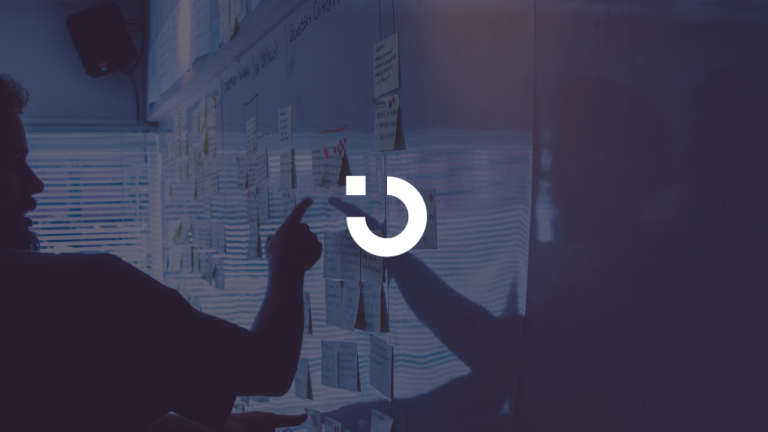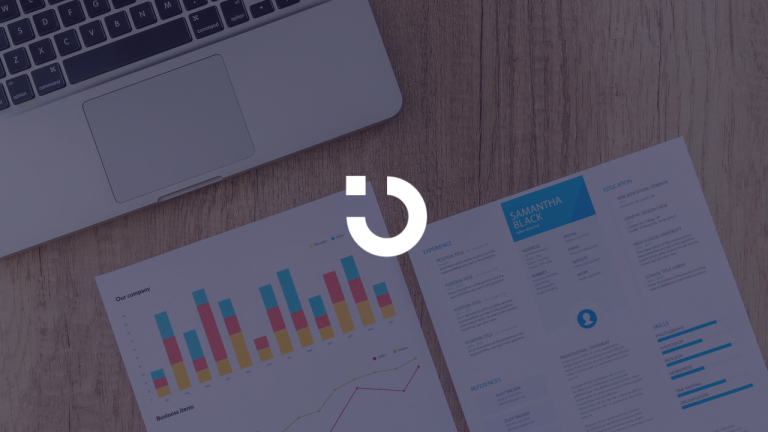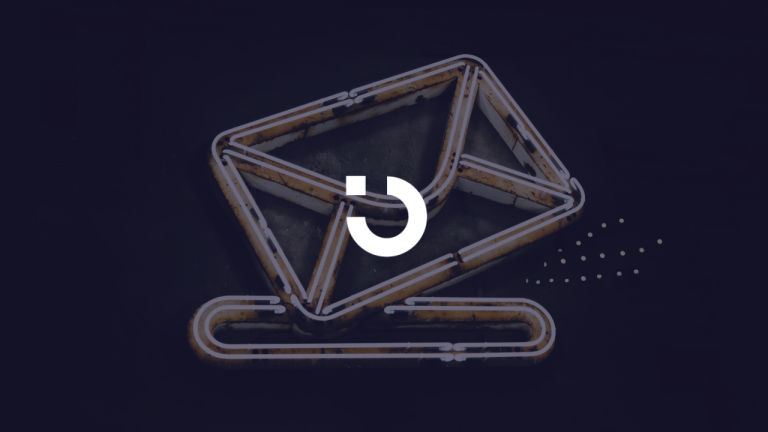At some point, every growing B2B company faces the same question:
Should we build an outbound team in-house, or partner with an agency that specializes in it?
On one hand, building your own team gives you full control and tight alignment with your sales and marketing goals. On the other hand, agencies bring immediate expertise, proven processes, and the ability to scale without the heavy upfront investment.
The truth? There’s no one-size-fits-all answer. The right approach depends on your company’s stage, resources, growth goals, and appetite for risk.
In this post, we’ll break down:
- The pros and cons of in-house vs. agency outbound teams
- Cost and ROI comparisons to help you make an informed decision
- Key factors to consider based on your unique situation
- How hybrid models can give you the best of both worlds
By the end, you’ll have a clear framework to decide which path, or combination, will help you hit your revenue goals faster and smarter.
The Case for Building Outbound In-House
Building your own outbound team is like building your own engine – it takes time and resources, but once it’s running smoothly, you have full control over how it performs.
Pros of an In-House Outbound Team
1. Full control over strategy and execution
You own the messaging, the cadence, and the tools. Every tweak and experiment is fully under your control, allowing you to adapt quickly to changes in your market or ICP.
2. Deep alignment with your internal teams
Your outbound reps work hand-in-hand with marketing, sales, and customer success. They understand your product, your customers, and your value proposition at a deeper level.
3. Long-term asset
Once your team is built and trained, it becomes a long-term growth asset. Over time, your internal knowledge and expertise compound.
Cons of an In-House Outbound Team
1. High upfront investment
Hiring experienced SDRs, a team lead, and buying the necessary tech stack (Sales Navigator, Apollo, automation tools, etc.) is expensive. Plus, there’s the cost of training and managing the team.
2. Longer ramp-up time
It can take 3–6 months to get an internal team fully operational and generating consistent pipeline – a delay that fast-growing companies can’t always afford.
3. Risk of trial and error
Without experienced leadership, your team may spend months learning what works and what doesn’t, wasting valuable time and resources.
| Building in-house is best for companies that have the budget, time, and internal expertise to do it right — and want long-term ownership over their outbound engine. |
The Case for Working With an Agency
Partnering with an outbound agency is like plugging into an already-built growth engine. Instead of spending months hiring, training, and experimenting, you get immediate access to expertise, systems, and a proven playbook that can start generating pipeline in weeks.
Pros of Working With an Agency
1. Immediate expertise and proven strategies
Agencies live and breathe outbound. They know what’s working right now across industries and can apply those insights directly to your campaigns.
2. Faster time-to-pipeline
Skip the lengthy ramp-up period. With an agency, campaigns can launch within weeks, not months, helping you validate your ICP and generate leads faster.
3. Access to advanced tools without extra costs
The best agencies bring their own tech stacks — from data enrichment tools to deliverability platforms, saving you tens of thousands in subscriptions and setup.
4. Easier to scale
Need to double your outbound volume or pivot to a new market? Agencies can scale up or down quickly, something that’s far more challenging with an internal team.
Cons of Working With an Agency
1. Less control over daily operations
While strategy and reporting are collaborative, the daily execution is handled by the agency, which may feel less hands-on for companies that want direct oversight.
2. Potential cultural disconnect
Your reps aren’t embedded in your company, which means they may not have the same level of product or cultural knowledge as an internal team.
3. Ongoing costs
Agencies work on a retainer or performance-based model, so you need to factor in recurring monthly costs. However, these often offset the upfront costs of building in-house.
| Working with an agency is ideal if you need speed, expertise, and flexibility – especially if you’re still validating your ICP or don’t have the bandwidth to build and manage a team internally. |
Cost & ROI Comparison
When deciding between building in-house or partnering with an agency, cost and ROI are often the deciding factors. Let’s break it down.
Building an In-House Team
Typical costs for a 2-SDR setup:
- Salaries & Benefits: $60K–$80K per SDR annually
- Team Lead/Manager: $90K–$120K annually
- Tools & Tech Stack: $1,000–$3,000 per month (Sales Navigator, Apollo, sequencing, deliverability tools, etc.)
- Training & Ramp Time: 3–6 months before the team hits full productivity
| ROI timeline: Expect 6–9 months before you see a predictable pipeline, depending on your market and sales cycle. |
Working With an Agency
Typical costs for a high-quality agency:
- Monthly Retainer: $6K–$12K depending on scope and volume
- Included Tech Stack: Most agencies cover enrichment, sequencing, and deliverability platforms
- Immediate Expertise: No ramp-up time needed
| ROI timeline: Leads and meetings can start coming in within 30–60 days, making this a faster path to early pipeline generation. |
Key Takeaways
- In-house: Higher upfront cost, slower ramp, but better for long-term ownership.
- Agency: Lower upfront cost, faster time-to-results, and built-in expertise – though you’re paying a monthly retainer.
| Factor | In-House | Agency |
| Speed to Results | Slow – 3–6 months to ramp up | Fast – pipeline in 30–60 days |
| Upfront Cost | High (hiring, tools, training) | Lower (flat retainer, tools included) |
| Long-Term Cost | Lower once ramped | Ongoing monthly retainer |
| Control & Customization | Full control over strategy and execution | Limited day-to-day control |
| Expertise | Requires hiring/retaining experienced managers | Built-in expertise and proven playbooks |
| Scalability | Slower – need to hire and train | Quick scale up or down |
| Best For | Companies with budget, time, and need for deep alignment | Startups or teams needing speed and proven systems |
Key Factors to Consider When Deciding
There’s no one-size-fits-all answer to the outbound question. The right choice depends on your company’s stage, resources, and goals. Here are the key factors to evaluate:
1. Company Stage & Growth Goals
- Early-stage or seed-funded startups: Often better off with an agency to validate the ICP and generate early pipeline without heavy investment.
- Scaling mid-market or enterprise companies: May benefit from building in-house for long-term control and deep alignment.
2. Budget & Risk Appetite
- Building in-house requires high upfront costs and a tolerance for a longer ROI cycle.
- Agencies are less risky upfront but come with ongoing retainers that need to be budgeted.
3. Internal Expertise & Bandwidth
- Do you have someone experienced enough to train, coach, and manage an outbound team?
- If not, agencies can fill that gap – or even train your internal hires for a future transition.
4. Speed to Results
- If you need pipeline yesterday, an agency is almost always faster.
- If you can wait 6–9 months for a fully functional internal team, in-house may pay off in the long run.
5. Complexity of Your ICP
- Highly niche or technical audiences may need close internal oversight to craft hyper-relevant messaging.
- Many agencies can adapt here, but some businesses prefer the tighter alignment that comes with an internal team.
Conclusion: Choosing the Right Path for Your Outbound Growth
Whether you build an in-house outbound team, partner with an agency, or take a hybrid approach, the key is aligning your strategy with your goals, resources, and timelines.
- Need speed and expertise? An agency can get you pipeline in weeks.
- Want full control and a long-term asset? Invest in building in-house.
- Not ready to choose? Start hybrid – learn fast while building your foundation.
Outbound is too important to leave to guesswork. The companies winning in 2025 are the ones treating outbound as a strategic growth engine, not just a series of cold emails.
Ready to Build a Smarter Outbound Engine?
At Outbound Republic, we help growth-focused companies validate their ICP, optimize deliverability, and scale pipeline fast.
Contact us today to find out how we can help you design and execute the right outbound strategy for your stage and growth goals.




